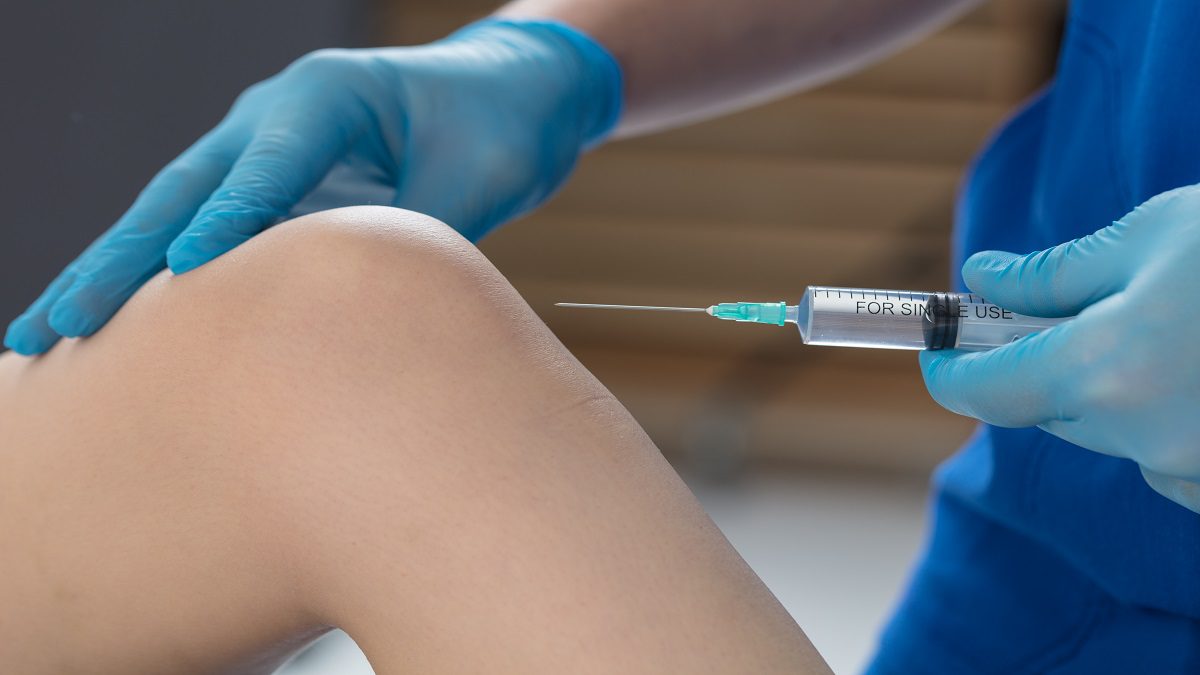Treatment of knee bursitis
Knee bursitis treatments vary and may depend on what part of the knee is affected. Recommended treatments for knee bursitis may include:
Knee bursitis medications
If an infection has caused knee bursitis, it will be treated by antibiotics.
Therapy
Physical therapy is sometimes recommended for flexibility training and exercises to promote muscle strengthening. This is sometimes very effective in providing pain relief and can help decrease the risk of recurring knee bursitis.
Surgical and other procedures for knee bursitis treatment
Other treatments for knee bursitis sometimes include:
- Corticosteroid injections. If knee bursitis fails to respond to conservative treatment, doctors sometimes suggest the injection of a steroid medication directly into the affected area to decrease pain and inflammation. The powerful steroid usually decreases the symptoms fairly quickly, but the injection itself may cause some swelling and pain for a few days.
- Aspiration. In addition to helping diagnose knee bursitis, aspiration can also be used as a treatment to decrease the amount of fluid and reduce inflammation. A needle is inserted through the skin into the bursa, and fluid is aspirated (withdrawn into a syringe). This decreases pressure on the joint caused by the buildup of fluid.
- Surgery. In cases of severe knee bursitis that is chronic or recurring, surgery is sometimes recommended to remove the bursa.
Useful Advices
Self-care remedies can help ease the discomfort of knee bursitis. For example:
- Rest the knee. Stop any activity that causes discomfort and makes the pain of knee bursitis worse.
- Apply ice. The use of ice can help relieve inflammation and swelling. Apply an ice pack wrapped in a thin towel to the affected area four times a day for about 20 minutes. Never apply ice directly to the skin.
- Use compression. Using a compression wrap or a knee sleeve may help decrease the swelling of knee bursitis.
- Elevate the knee. Put the knee up on a few pillows to help reduce swelling caused by knee bursitis.
Prevention of knee bursitis development
There are steps you can take to help prevent knee bursitis or avoid its recurrence:
- Use knee pads. If you are active in sports that endanger your knees or if you work on your knees, wear knee pads to protect and cushion your knees.
- Take frequent breaks. If you are kneeling for extended periods, get off your knees frequently to rest them and prevent inflammation and knee bursitis.
- Avoid excessive squatting. Excessive knee bending or repetitive squatting increases the stress on your knee joints and raises the risk of knee bursitis.
















Leave a Reply
You must be logged in to post a comment.